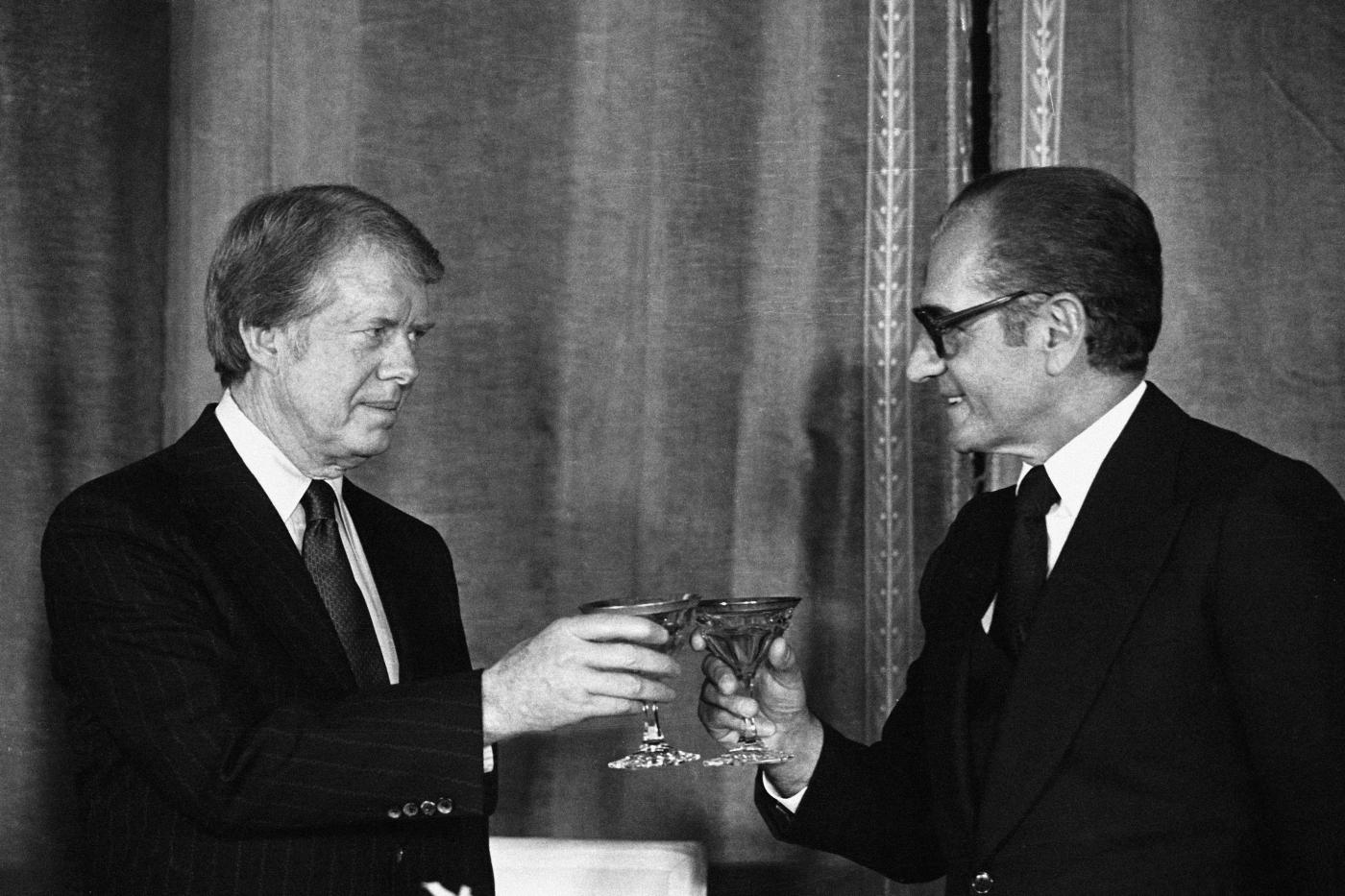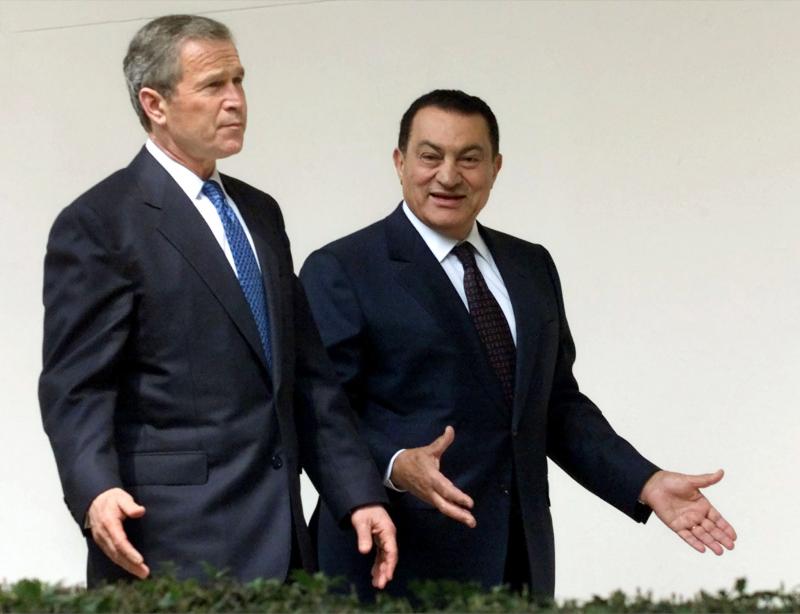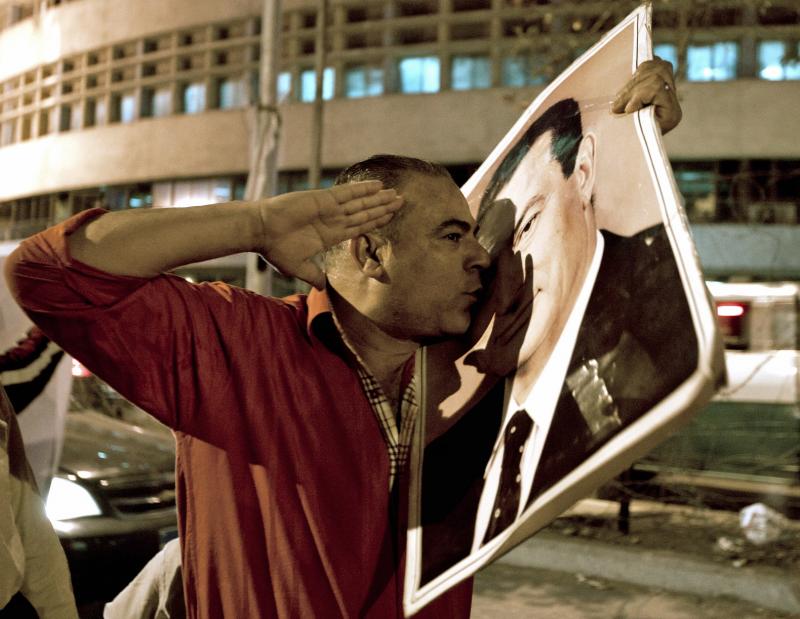PBS: Escaping Eritrea … [Read More...] about ካብ ውሽጢ ቤት ማእሰርታት ኤርትራ
Helping Hurts: Why Supporting Dictators Can Doom Them

Great powers have long supported unsavory dictatorships in pursuit of strategic interests, such as natural resources, military security, and financial gain. The relationship usually involves an impressive array of incentives, including diplomatic carrots such as treaty agreements and bilateral accords; economic aid in the form of fiscal grants and technical assistance; and military aid through training programs, arms transfers, and even troop deployments.
The underlying goal is usually to bring about political stability by boosting the recipient autocracy’s hold on power and economic productivity. In the United States, scholars and practitioners have long clashed over the moral dilemma inherent in such sponsorship. Liberal critics point out the contradiction of deploying the United States’ arsenal of democracy to help strongmen brutalize their own populaces. Realists prefer backing the bullies we know rather than risking potentially worse tyrants we don’t. Better a pro-American king, say, than an anti-Western theocracy.
Yet lost in this debate is the question of whether supporting dictatorships actually works. That is, whether diplomatic, economic, and military assistance facilitate long-term stability in client regimes. Historical evidence from the Middle East suggests otherwise. In many cases over the past several decades, external aid has had the perverse effect of sabotaging future survival.

When suddenly empowered by hegemonic support, dictators often insulated themselves from the demands of their own societies, investing not in coalition-building but instead in violent repression. When serious crises eventually struck, the dictators found themselves lacking domestic allies and popular constituencies that could neutralize rising tides of opposition. And Western patrons such as the United Kingdom and United States could only do so much from a distance. Indeed, examples abound of brutal dictatorships falling to revolution despite having received profuse diplomatic, economic, and military support from Western capitals.
In Iraq, the 1958 popular coup exterminated the Hashemite monarchy, which the British had installed and heavily supported for the previous four decades. The 1979 Iranian Revolution tore down the Pahlavi dynasty, despite its status as one of the United States’ closest allies, whose military power, political confidence, and even economic growth relied on the United States. And in Egypt, the Arab Spring in February 2011 upended the Mubarak autocracy, despite it having received nearly $67 billion in economic and military aid from Washington since 1981. In such cases, great power involvement secured up to a decade of initial stability—and then things fell apart.
There are two main reasons why helping sometimes hurts. First, dictators are like all politicians in their rational and overarching goal of survival. In democracies, electoral majorities legitimate a leader, so surviving means winning the next election. In most authoritarian states, though, the absence of elections means that leaders decide the size of their support base based on what they perceive as necessary for retaining power.
Second, autocrats tend to desire the smallest possible coalition. Theoretically, they can mobilize a mass coalition by turning citizens into stakeholders, giving them a reason to want the regime to stay in power: jobs, protection, favoritism, welfare, representation, and other goods. Securing such legitimacy, however, is expensive and constraining; it gobbles state resources, and it forces rulers to become accountable to society. In their ideal world, then, dictators build the smallest viable coalition, understanding that it is cheaper and easier to suppress social forces than to painstakingly win over their loyalty through bargaining and negotiation.

Yet the world is never ideal. Two vivid cases from the Middle East illustrate what happens when the axioms of dictatorial politics meet the distorting hand of international assistance. From the 1930s through 1950s, many national leaders across the region faced an upsurge of urban opposition students, workers, lawyers, businessmen, and teachers demanding greater democracy and social justice. Take Kuwait and Iran: In the former, the ruling Sabah dynasty reeled from powerful merchant opposition in the late 1930s, and in the latter, the Shah was nearly overthrown by a popular nationalist movement. At these early critical junctures, the entry or absence of great powers catalyzed very different responses.
In Kuwait, the Sabah regime’s pleas for British intervention went unheeded, as London saw little reason to send guns, troops, or cash to the weak ruler to help him squash the rebellious democrats. In that era before oil, Kuwait was known only as a dusty holding in the backwaters of the Persian Gulf, with little trade or military value. Facing the dark possibility of overthrow, the Kuwaiti leadership was forced to bargain with its political rivals, learning how to not only co-opt unhappy constituencies such as the merchants and traders, but also how to appeal to new groups for additional support, such as the Shia minority.
In Iran, however, Anglo-American machinations restored the Shah to power in 1953, after which his regime was flooded with U.S. support. Washington gave economic aid to help pay public salaries, anointed Iran as a major anti-Soviet ally, and rebuilt the army and intelligence services. Swimming in largesse, the Pahlavi monarchy made little effort to gather support from its own society, ignoring or repressing potential allies such as the Shia clergy, labor unions, shopkeepers, and landed farmers.
The fates of these two countries could not have diverged more. During the 1977-79 Iranian Revolution, strident protests and economic paralysis overwhelmed the Shah. Decades of reliance on repression and American support had created such distance between the regime and society that the Shah’s promises of reform fell on deaf ears. In the end, short of slaughtering millions of Iranian demonstrators or inviting U.S. troops to occupy Iran, the Pahlavi dictatorship had no tools or policies that could peacefully demobilize mass insurrections. And so, it met its end on February 11, 1979.

In Kuwait, by contrast, the Sabah monarchy outlasted a brutal gauntlet of challenges that started in the 1980s, including the collapse of oil prices, fallout from the Iraq-Iran War, and the Iraqi invasion and attempt to depose the dynasty. During previous decades, the regime had used its oil wealth to solidify the mass coalition it had begun to assemble after the tumultuous 1930s, such that most Kuwaitis welcomed the return of Sabah autocracy after the Gulf War despite having the opportunity to propose an alternative regime. Inclusive state-building, characterized by constrained repression, had made the regime and society mutual dependent, thereby assuring stability even during rocky times. Such consanguinity cannot be taken for granted. At the height of the Arab Spring, after all, more than a few Libyan, Syrian, and Bahraini protesters invited Western countries to intervene and help overthrow their regimes.
The Kuwaiti strategy—mobilizing a large coalition, building close ties with society, and limiting repression—was never the Sabah dynasty’s first preference. During the 1930s and 1940s, it would have gladly crushed the opposition and reclaimed uncontested power, but British intransigence shut that door. Desperate to survive, the Sabah dynasty had no other choice but to compromise on key issues such as reducing taxation and allowing for a modicum of political participation. This habituated the regime to the give-and-take politics of winning support. What seemed suboptimal then created enviable durability decades later. Despite Western intervention during the first Gulf War, the bargains of the past persist today. Kuwaitis might criticize how their nondemocratic regime governs, but few attack the fact that it governs.
Similar cases across the Middle East—from Tunisia to Egypt to Jordan to Bahrain—show how international assistance can shape authoritarianism. Dictators do not prefer mass mobilization over the cheaper and easier option of repression, but they will choose it if the only other option is their demise. Intuitively, this makes sense: authoritarianism celebrates inequality between the ruling elite and everyone else, so it would take dire circumstances indeed to force those in power to climb down and negotiate with the masses.
And timing matters. New states face critical moments at their founding, when rulers stumble, opposition simmers, and uncertainty rules. At this point, external support can influence the types of institutional policies that will flavor decades of future development: what parties or councils are established, what industrial programs are initiated, how big a military is built, and so forth. The more deeply involved great powers become, the more likely such policies will be extremely repressive, disconnected from popular input, and eventually backfire. For instance, many Middle Eastern states enacted land reform in the 1960s, but for different reasons: whereas the newly independent Moroccan government sought to redistribute land in the countryside to create a new base of rural supporters in the 1960s, the U.S.-backed Pahlavi regime did so primarily to destroy the aristocratic landowning elite, which it began perceiving as a threat. By contrast, hegemonic backing matters far less when crises strike decades later. In 1979, the Shah’s regime ended not because it lacked American support but because it lacked Iranian support. Great powers cannot immunize their clients from overthrow.
For policymakers, the relationship between foreign aid and regime durability also teaches a powerful lesson about short-term stability. Diplomatic, economic, and military aid can keep a regime afloat, but it can also leave a destructive legacy of the very instability it was intended to counteract. Post-occupation Iraq and Afghanistan are cases in point, in which new governments temporarily beat back insurgencies thanks to massive U.S. support, but, precisely because of those victories, felt little pressure to reach out and bargain with the sectarian and ethnic communities fueling the unrest. The result: Iraq and Afghanistan are fractured states, where internal splits make a mockery of the national authority claimed by their elected officials.
Even today, hegemons continue to bolster client regimes when their stability is deemed vital to their strategic interests. U.S. embassies still loom large in countries such as Iraq, Jordan, and Kuwait. The French have their hands in Algeria, Morocco, and much of West Africa. China is creating new allies in East Africa, and also sponsoring Asian autocracies such as North Korea, Turkmenistan, and Vietnam. Russia’s old and new client states—Belarus, Syria, and Ukraine—find themselves under the shadow of a restless Moscow. In all of these relationships, both patron and client would be better off by recalling the lessons of history: Helping can hurt.
